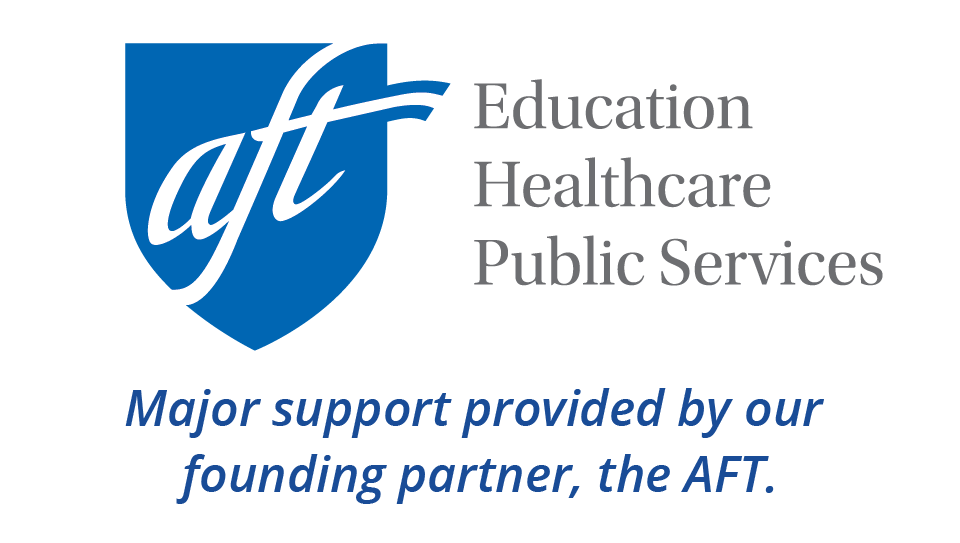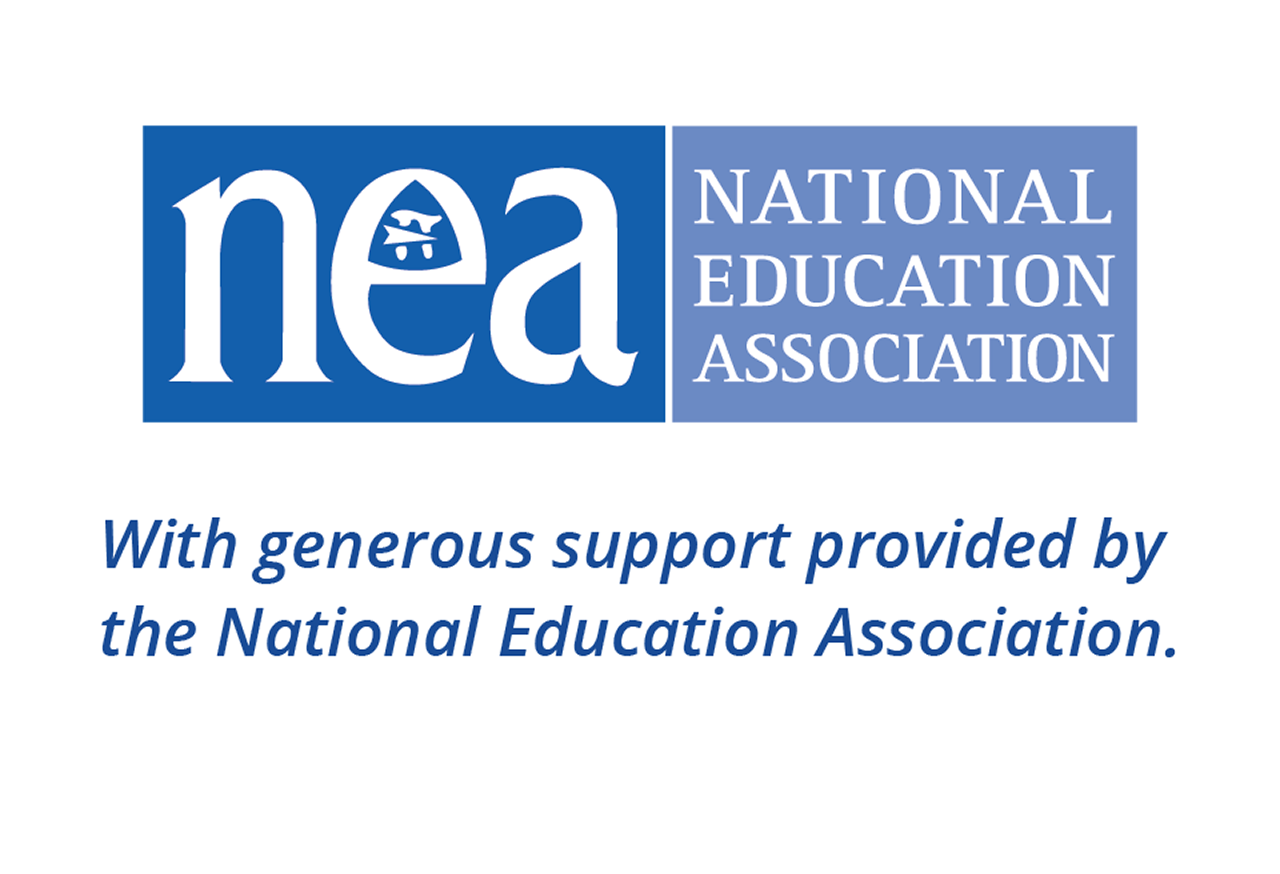If you are looking for a new English language learner (ELL) or bilingual teaching position, there are a number of things you can do to help prepare for the interview. This article outlines general information that will help you get started, as well as areas of your own experience that may be helpful to focus on, learn more about, or highlight in the interview.
Interview Practices
Schools vary on how they hold interviews. Here are some formats you might encounter:
- Meeting an interview team: This is usually a mix of teachers and administrators who asks you scenario-type questions.
- Presenting a sample lesson: This may be done in front of the interview team or to a group of students.
- Writing an essay: This will be used to demonstrate your writing ability, and is an opportunity to share your philosophy of teaching, your understanding of different educational approaches (e.g. student-centered, critical thinking, learning styles, etc.) and your ideas on how you apply these strategies in the classroom.
Typically, the entire process involves a couple of interviews. If you advance through the process as a candidate, you are asked to return for a follow-up interview to answer more questions for another person or group of people.
Common ELL/Bilingual Terms
You may wish to review common terms and acronyms related to ELL/Bilingual instruction before the interview. You can find many of these terms in the Colorín Colorado glossary. Remember that your district or state may have its own set of terminology, and that one school, district, or state may define terms or programs differently from another.
Your Experience
Certification
One of the first things the interviewer will want to ascertain is the teaching certificate(s) that you hold. Teachers with dual certification or Bilingual certification are in higher demand as they can be flexible in filling multiple job areas.
Of course that information will appear on your résumé, but the interview is a chance to present more details about your experience that may not appear in print. For example, you may be completing a master's degree or working toward another certificate area (e.g. reading, special education, elementary, content area). Be sure to share that information as well.
Teaching Experience
Early in the interview, you will be invited to talk about your teaching experience. Offer plenty of details, especially since there isn't much room for specifics on the résumé. That may include experience working as a teaching assistant, teaching abroad, or working with adults in the community. Think about examples as well, such as:
- Different populations you have served
- Something you would do differently today
- Something you wish you had known
- A success story
- A student who has impacted you
You may also see positions that are looking for a range of titles, including ELL teachers, specialists, coaches, and resource teachers. These titles may vary by district. Read the descriptions carefully to see whether they are a good fit for your level of experience. If you are ready to move up to a new role, consider how the work you've done in the past would prepare you for more responsibility. For example, perhaps you have worked as an ELL specialist and have done a lot of informal coaching. That experience could prepare you for a more formal coaching role in the future.
New Teachers
For first-time candidates who recently graduated and don't have past teaching jobs in a school district, talk about the following kinds of experiences:
- Student teaching
- Tutoring and mentoring
- Working as a volunteer in community or religious programs
- Parenting, for those who have children, which is valuable experience
In the Classroom
Classroom Management
Another focus of the interview will be on instructional strategies you plan to use in the classroom. Be prepared to (1) discuss what you would do to keep students engaged and motivated during a lesson and (2) provide concrete examples of those strategies. Part of your effectiveness with students will also revolve around structuring the environment. Think about answers to the following questions:
- If students are having difficulty learning a skill or concept, what would you do?
- How would you work with students who are not demonstrating expected levels of growth?
- How do you plan to support students with disabilities?
- How will you establish your classroom procedures?
- What will you do to maintain classroom management?
- Describe a classroom management challenge you faced and how you addressed it.
Instruction
In a job interview, an ELL teacher should demonstrate a clear understanding of how to scaffold instruction to meet the needs of ELLs at varying proficiency levels. This includes using strategies like visuals, sentence frames, leveled texts, and modeling to make content more accessible. It's equally important to highlight your ability to support colleagues in adapting their content instruction for ELLs by sharing effective practices and resources.
In addition, referring to research-based ELL resources that you are familiar with and ready to share shows initiative and preparation. For example, Colorín Colorado's ELL Strategy Library offers a wide range of practical, research-based strategies that can be easily implemented across content areas.
Technology
Another aspect of instruction you may be asked to address is the integration of technology. Districts are looking for teachers who are not only knowledgeable and experienced with various forms of technology but willing to incorporate it into lessons, planning, collaboration, and administrative tasks. Be prepared to talk about your technical skills, your previous experience in using technology in the classroom, and topics you'd like to further explore, particularly around LMS systems and AI.
LMS Systems
Teachers are now often expected to use a Learning Management System (LMS) to record grades, communicate with families, and complete other administrative and clerical duties. If possible, find out what LMS the district is using before your interview and spend some time getting familiar with it and how it is used.
Artificial Intelligence (AI) and ELLs
Interview teams are increasingly likely to include questions about artificial intelligence (AI) during the interview process. AI-powered tools are changing the way educators approach lesson planning, differentiation, and student engagement. For example, ELL educators can utilize AI to rewrite texts at various Lexile levels, create bilingual glossaries, and scaffold complex readings with summaries and audio supports. As AI continues to evolve, its thoughtful integration into ELL instruction has the potential to create more inclusive, engaging, and accessible learning environments for ELLs. At the same time, teachers need to be aware of AI's limitations, challenges, and risks, as well as unique considerations for using AI in ELL instruction.
These two articles provide a helpful overview to help you get started if you are new to AI or want to dig deeper in your exploration.
- AI in Schools: 6 Things Educators Need to Know
- Supporting ELL Instruction with AI: Ideas for Educators
Standards and Assessment
ELL educators play an important role in overseeing assessments for ELL identification, placement, and accountability measures. Here are some things you will want to familiarize yourself with:
- English language proficiency standards
- Content-area standards
- State-wide assessments used for Annual Yearly Progress (AYP)
- Every Student Succeeds Act (ESSA)
- Different types of testing students have to take part of — diagnostic, formative, summative, and progress monitoring
- Testing accommodations
- How ELLs are identified and placed
If you have prior ELL experience, be prepared to talk about your experiences in these areas, as well as your collaboration with colleagues related to ELL assessment.
Note: You can look at statewide resources in this guide from Colorín Colorado.
In the School
Collaboration
It is more common for ELL educators to collaborate with others in the school community. Some ELL teachers will co-teach with content teachers. This is ideal when there are several ELLs in the class as the expertise of the two teachers can result in a more positive learning environment for all students. ELL/Bilingual teachers also work with reading and speech specialists, special education teachers, and paraprofessionals. ELL/Bilingual teachers will need to know how to work effectively with these colleagues so class activities run efficiently and smoothly.
Professional Development
You may be expected to work with teachers at department meetings, do short presentations at staff meetings, develop awareness workshops for new staff, or provide ongoing training in best practices as part of the district's professional development plan. Sometimes, these requests come with little time for preparation. One resource you can use is Colorín Colorado's professional learning collection of slide decks for turnkey training sessions.
Advocacy
Advocacy is a major aspect of the ELL teacher's responsibilities beyond teaching. Advocating for ELLs also includes working with teachers and staff on instructional and assessment strategies that best meet their students' needs. You can also consider joining committees, such as the committee that is planning out professional development opportunities during the year. In addition, it is important to join conversations and decision-making teams about new curriculum and initiatives where possible. This way you will be able to speak to the needs of your students in future district endeavors.
Extracurricular
Participation in school-related activities outside the classroom is equally important to districts when they hire new staff. Often, the person whom you are replacing did more than just teach. Interviewers will ask you about your interests and skills to see in which other ways you would be valuable to the district. For example, you can become involved as a club advisor, athletic coach, or grant writer.
Family Engagement
ELL educators are often an essential contact for ELL families around topics such as ELL services, instruction, special education, language access, social and emotional supports, and broader social services. You can learn more about some best practices for partnering with ELL families in Colorín Colorado's related resource collection.
Questions to Ask
One question that you will most certainly be asked at the interview is, "Do you have any questions?" This is something that you will want to anticipate and prepare for ahead of time. You may consider asking questions about the following topics.
ELL Population & Programs
Here is the opportunity to learn about the ELL population (number or percentage in the district, nationalities, background) as well as the type(s) of programming the district employs at both elementary and secondary levels.
Research your district's demographics before the interview if possible — that information is often available on the school district website. Follow up with these questions during the interview, and take a look at the Colorín Colorado glossary if you need a reminder of what these terms mean!
- ELL demographics: What is the ELL population in the district? What approach does the district take in educating ELLs?
- Bilingual education: Is there an established Bilingual program in the district?
- Newcomer program: Does the district have a newcomer program or a program for SIFEs (Students with Interrupted Formal Education)?
- Pull-out vs. push-in: Are students pulled out of regular classes to receive ELL services or is the ELL teacher expected to push in with the students?
- Placement: Are the students placed in mainstream classes with native English speakers or are they in self-contained ELL classes and/or sheltered content classes?
- SIOP: Does the district expect teachers to utilize the SIOP (Sheltered Instruction Observation Protocol) model for instruction and provide coaches to train and implement it properly?
- Culture of support: What are some ways in which the school or district community shows its support for ELLs? ELL families? ELL educators?
Knowing the answers to these questions will give you an idea of expectations for teachers in the district and may encourage a discussion on potential avenues of growth for the district to take in meeting the needs of their ELLs. You can also learn a lot about the district's approach to ELL education from their answers to these questions. For example, if you are one of the first ELL/Bilingual teachers that the school has hired, there will be a learning curve for everyone involved, especially if you are coming from a setting that has a bigger ELL population. That can be an exciting challenge — but it can also be a difficult situation to navigate as new programs and expectations are established.
Schedule
- What will my teaching schedule look like? This general question is asking what you would be teaching, how often, and where. This gives you an idea of the teaching assignment of grade levels and proficiency levels.
- What kinds of classes or periods will my schedule include? You may be asked to teach a class outside your certificate area such as a support period for identified students. For teachers at the secondary level, you may be assigned a study hall, hall, or cafeteria duty for a period of time.
- Will this position be part-time or full-time? The position may or may not be full-time, so the amount of days you work and how long each day is something you want to know. For example, if you need to get another part-time position, you know what days and times you would be available to work.
- Will I be working in multiple buildings? In a smaller district or a district with fewer ELLs, you may be asked to work with students in multiple buildings. You may be the only ELL teacher for the entire district and will have to schedule time to meet with ELLs at all the schools.
Mentors
- Will I have a mentor? A mentor is usually another teacher who is your "go-to" person and helps you for at least your first year in that district. Your mentor may or may not be an ELL teacher, but is a veteran teacher who is familiar with school policy, classroom management, etc. and can assist you in dealing with any problems that crop up. Mentoring programs vary greatly from state to state and district to district. In some districts, mentor programs are run by the teachers' union, and some mentoring programs may last up to three years. Some programs pair up teachers while others have a group of mentors from which to work, each having different strengths. Some districts may offer peer partnering, which involve mentors in evaluating new teachers.
Notification
- When do you anticipate making your final decision for this position? This answer may help you considerably if you are participating in other interviews, and it will give you an idea of when the process will be completed. If you haven't been offered the job by that date, it's a good chance that you will be receiving a letter thanking you for your interest but indicating that you didn't get chosen for the position.
Final Advice
Most people are nervous in an interview. Anticipate that you will get nervous and plan for it. For example, bring a notebook and copy down the questions you are asked. Next to those questions, jot down notes on what you want to be sure to include in your answer since it is easy to forget everything you want to say. You can refer to your notes at any time. This gives you the time to think before you respond. You can also write answers to questions you anticipate being asked ahead of time and bring them with you (e.g. your strengths and weaknesses, three words to describe you, etc.)
In your final preparations:
- Remember that you want to sell yourself.
- Bring a copy of your résumé and your credentials/certifications.
- Do some research on the school/district where you are applying. Visit their website and acquaint yourself with their initiatives and programs.
- Map your route ahead of time so you can be sure to arrive early.
- Answer questions honestly since you don't want to mislead the interviewers.
- Dress to impress. Since you are applying for a professional job, you want to be dressed professionally. You may only have one chance to make a good impression.
- Be positive, and don't forget to smile!
Let the motivation of getting that teaching position, and making a difference for your future students, shine through during your interview. Good luck!
Related Resources
- ESL Teacher Interview Questions (Indeed)
- English as a New Language Teacher Standards (National Board for Professional Teaching Standards)
- TESOL Standards Collections (Teachers of English to Speakers of Other Languages)








Comments
Eric Roth replied on Permalink
Thank you for both writing a detailed, practical primer on interviewing for ESL positions - and providing an impressive list of links for further information. I'm going to share this article with my graduate students pursuing teaching careers in ESL - and other fields.
Jeff Gillis replied on Permalink
Great article thank you. Very detailed and you provide some fantastic "questions to ask" the interviewer, something that interviewees often overlook.
Actually, my colleague and I publish a blog helping job seekers and we just published a popular post on interview attire that may help your readers. It's at http://theinterviewguys.com/what-should-i-wear-to-a-job-interview/
Thanks again!
Jeff Gillis
[Modified by: Lydia Breiseth on March 19, 2015 12:23 PM]
Ketan Hein replied on Permalink
This is an excellent article to help prep new ELL/EFL/ESL teachers for jobs. I wish I had known this when I started out seven years ago. I teach ELLs overseas and I had to learn a lot on the fly during the interview process. Some of these points aren't applicable for those who want to teach overseas, but still there's always something to know and prepare for should they return to teach ESL in the US (or their home country).
Add new comment